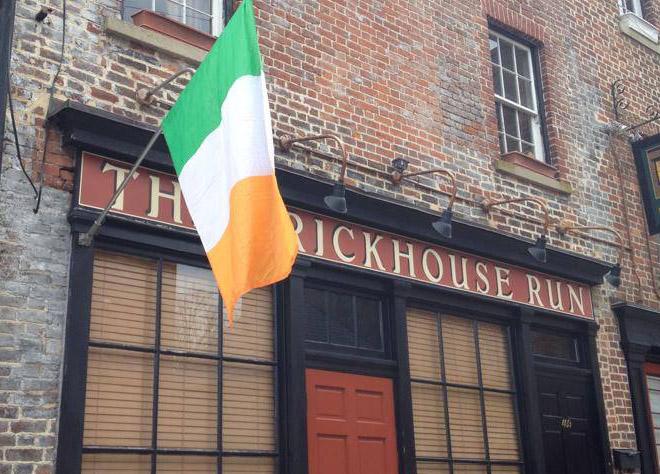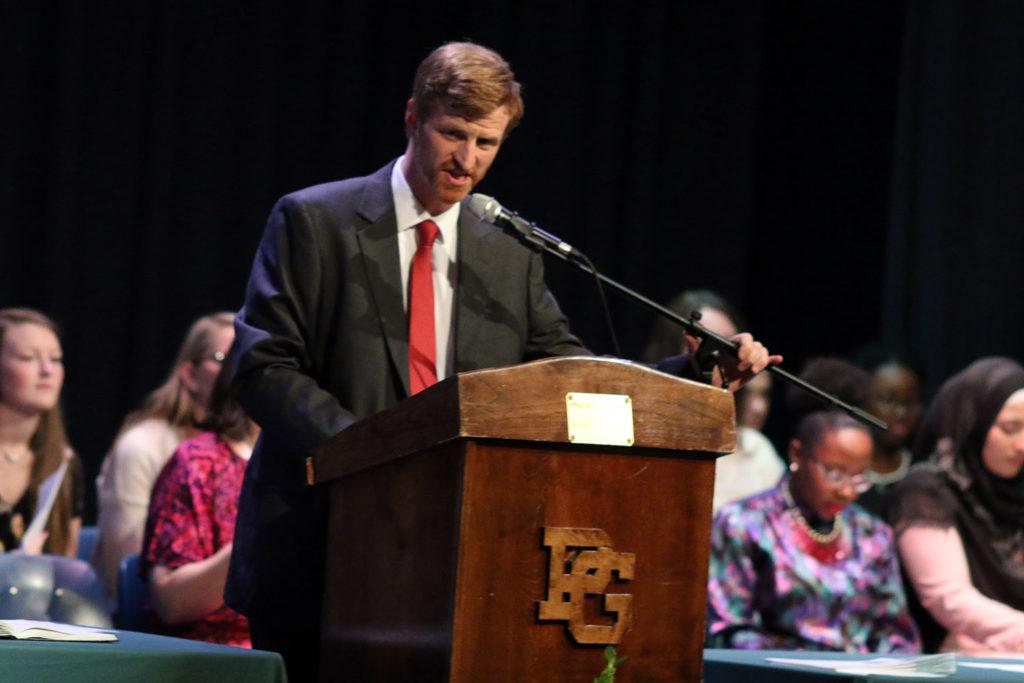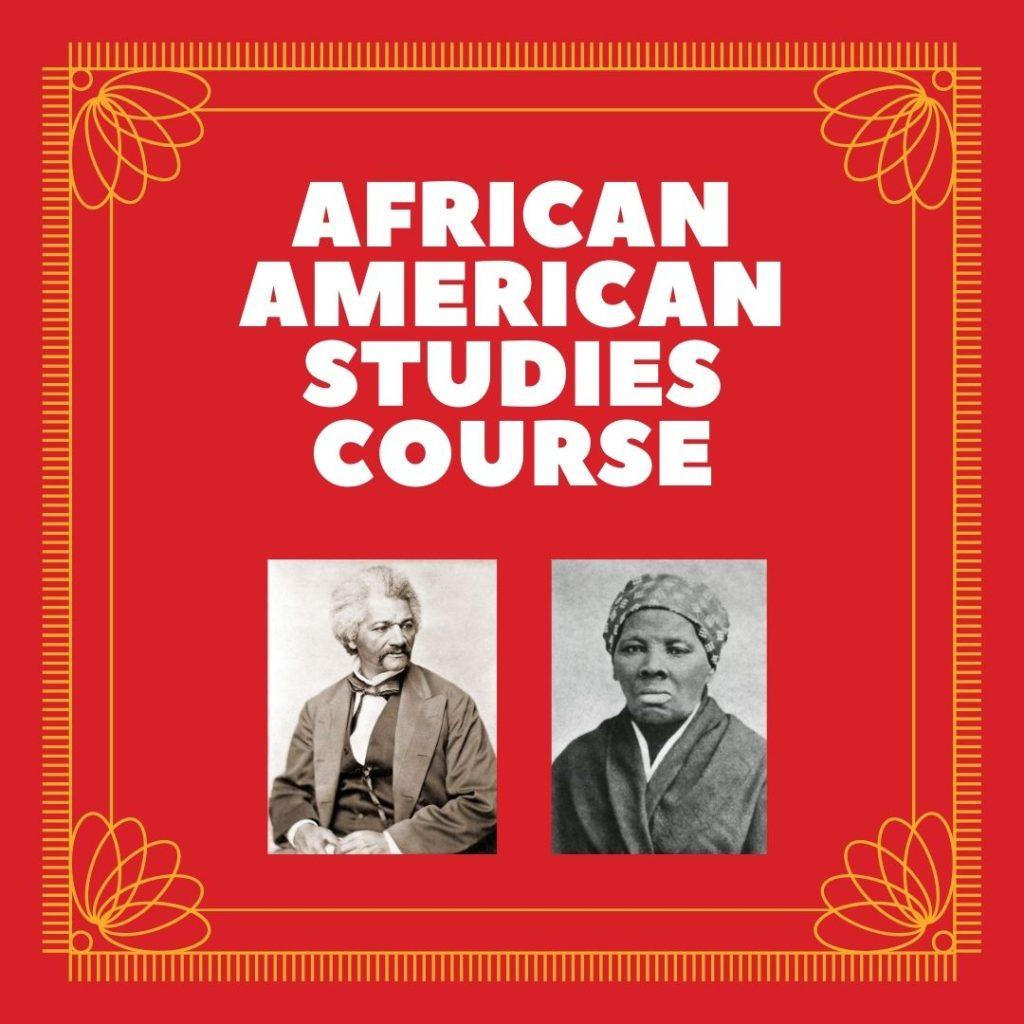Many juniors and seniors are faced with a tough decision to make; this decision may affect their success in the future. This decision is whether or not to take the ACT, SAT, or ASVAB. These standardized tests can affect whether or not a student is accepted into various colleges, trade-schools, or military recruitment. Preparation for an SAT can help maximize a student’s performance. Local support includes SAT tutoring, offered by Sherri Jones for a fee.
“I feel like if I would have prepared, it would have been easier, but I did fine without it,” senior Savannah Watkins said.
The ACT, SAT, and ASVAB are all standardized tests that can impact a student’s future. Many students have doubts or questions involving these tests. Valuable insight will be provided into these subjects, such as how to prepare for these tests. SAT preparation is also offered online as practice questions. Collegeboard.org is just one of the sites that can help prep students for the SAT.
“[It] showed me how the questions would be set up and what would be asked,” senior Jenna Taylor said.
The PSAT is another means of preparing for the SAT.
“[The PSAT is] great help to give you an idea of what you would have to do [for the SAT],” guidance counselor Edwina Clissa said.
The PSAT, just like the SAT, ACT, and ASVAB scores, is optional for colleges to view.
“[The PSAT] definitely helped to get the feel of a standardized [test],” Watkins said.
There are various test taking methods that can be implemented when taking the SAT.
“Definitely don’t stress; just relax…take it one question at a time,” Watkins said.
A list of english vocabulary terms are given before the SAT to help students prepare.
“Review some of the vocabulary words that [they] give you and do some of the practice questions,” Taylor said.
The SAT has different sections, which are English, Math, and Writing. These are timed by section, in order to ensure that everyone finishes at the same time. In between every two sections there are pauses, which gives students a break, so they do not have to test a full three hours and forty-five minutes. During these breaks, the students can stretch their legs, use the restroom, or eat a snack if they brought one with them. Including the breaks, the SAT takes a total of four hours.
Some students opt to take the ACT instead of the SAT. Like the SAT, the ACT is optional. The ACT tests students on English, Science, Math, and History. This is a significant difference from the SAT, which only tests on two common core subjects, while the ACT includes all four common core subjects.
There is currently a rising trend on colleges becoming less interested in a student’s test scores. In regards to this trend and what colleges pay attention to: “They look at the overall picture of a student,” Clissa said. This varies by college and some school’s completely disregard SAT scores.
The SAT is not a test that is set in stone. The current highest possible score is 2,400, but the new test, which is planned to be implemented in March, will lower that number to 1,600. Watkins scored a stellar score of 2020. Taylor performed excellently, as well, with a score of 2040.
Also there is “No pass or fail,” Clissa said. This varies greatly with many state required standardized tests, which have a pass range and a fail range. For example, the SOL has a cut score of 0 to 399, passing scores from 400-600, proficient scores ranging from 400-499, and advanced scores from 500-600 according to http://accountability.departments.pwcs.edu/ online document. These pass and fail marks are not used in the SAT.
All students attending Prince George are permitted to take the ASVAB.
“[The ASVAB] is a free test given at school,” Clissa said.
Unlike the SAT, the means of signing up for the ASVAB is not an online process. Instead, students apply “through the recruiting center,” military recruiter Andrew Horner said.
The ASVAB covers more than the SAT.
“It covers the basic English and math, a lot like the SAT, but it also has two sections in which one covers electronics and other mechanics,” junior Garrett Stefaniak said.
The ASVAB is given in sections as well, but instead of getting breaks in between sections, the test administrator directs students to flip to the next section in the test. It takes about three hours to complete it. Unlike the SAT, the ASVAB is administered far more often than the SAT.
“…it’s a month for the first retake (and another month for the second), then six months for every other retake,” Stefaniak said.
Many students who wish to join the military take ASVAB, which is commonly assessed by military recruiters. Military recruiters often consider students with a score of 31-99. Law violations and health conditions are taken into consideration, but are only consequential on a case to case basis.
As they progress through high school, it becomes necessary for students to consider which, if any, standardized tests they should take and whether to include the scores in their college applications.
Stefaniak recommends the ASVAB to everybody.
“Everyone needs a backup plan. It never hurts to have a foot in the door,” Stefaniak said.






























